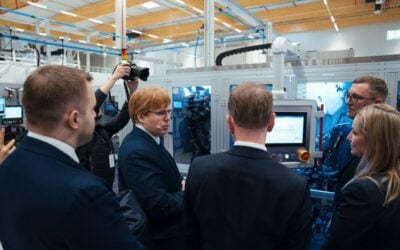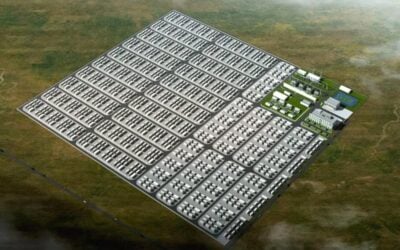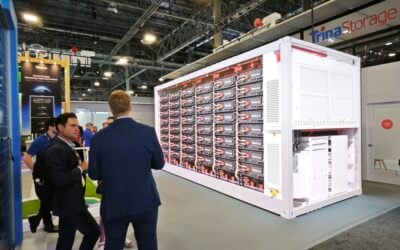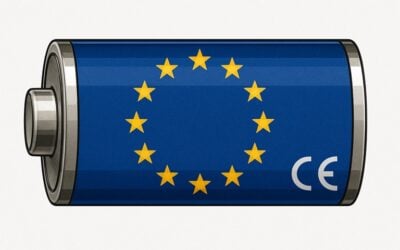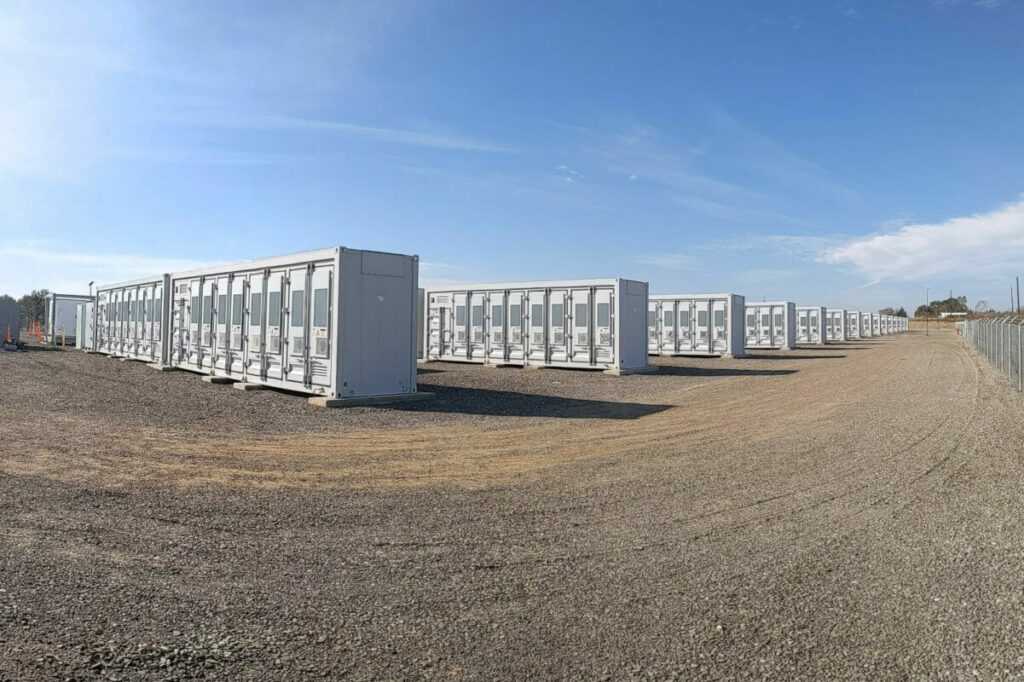
Battery energy storage system (BESS) project development costs will continue to fall in 2024 as lithium costs decline “significantly,” according to BMI Research.
The Metals and Mining team at BMI has forecast that lithium carbonate prices will drop to US$15,500 per tonne in 2024, a far cry from the peak in 2022 when they hit more than US$72,000 per tonne.
Unlike in 2022’s supply chain crisis, when demand for batteries far outstripped production of necessary materials, investment in lithium production is growing at a rapid pace.
Lithium carbonate pricing spikes during the pandemic hit the stationary BESS sector particularly hard due to the higher proportion used in lithium iron phosphate (LFP) battery cells over other types, such as nickel manganese cobalt (NMC), which are more commonly used in electric vehicle (EV) applications.
Try Premium for just $1
- Full premium access for the first month at only $1
- Converts to an annual rate after 30 days unless cancelled
- Cancel anytime during the trial period
Premium Benefits
- Expert industry analysis and interviews
- Digital access to PV Tech Power journal
- Exclusive event discounts
Or get the full Premium subscription right away
Or continue reading this article for free
BMI said in a research note this week (13 May) that production of the metal in mainland China, Chile and Australia—the world’s top three producers—will grow annually by an average 10.6% between this year and 2033.
This production growth is expected to keep prices below 2022 levels, according to BMI.
The group offered forecasts for battery prices over the next five years in three different scenarios: high-priced, moderate-priced, and low-priced.
In the high-priced scenario, higher-than-expected price fluctuations in lithium, nickel and copper would see battery prices rise from a 2024 average of US$100/kWh to US$102/kWh in 2025. This might occur due to production remaining heavily concentrated in China, leading to bottlenecks in the supply chain.
Battery prices would “normalise” in a moderate-priced scenario, owing to easing metal price pressures, supply chain enhancements, and a growth in manufacturing in markets such as the US through targeted policies like the Inflation Reduction Act (IRA).
Meanwhile, in a low-priced scenario, battery costs could fall to US$68/kWh by 2028, against a backdrop of rapidly scaled manufacturing and continued easing of materials pricing.
According to BMI’s Key Projects Database, the average cost of battery energy storage projects with completion dates between this year and 2028 is around US$270/kWh.
Analysis and forecasting of battery and BESS costs from different sources is difficult to compare on a like-for-like basis, given the different timeframes given or different parameters taken into account.
However, the consensus is that battery and system prices are declining once again after going in the other direction during the pandemic-era’s supply chain crunch.
Last year, the US National Renewable Energy Laboratory (NREL) said it expected BESS costs to decline between 16% and 47% by 2030 from 2022 levels.
In February, consultancy Clean Energy Associates (CEA) said it expected to see an average price in the US for a 20-ft BESS container at about US$148/kWh in 2024, an 18% drop compared with US$180/kWh the same system would cost in 2023, and almost half the average cost in 2022 of around US$270/kWh.
CEA’s VP of market intelligence Dan Shreve wrote a review of BESS pricing trends for our quarterly journal, PV Tech Power (Vol.38) earlier this year.
Metals investment
At the beginning of this year, BloombergNEF said that the dollar value of investment in energy transition technologies like batteries is currently sufficient to meet the world’s various decarbonisation policy targets aligned with the Paris Agreement.
However, the research group’s analysts also found that while the spending levels are good, investment is not being targeted as well as it could be: battery metals should make up about 20% of the total supply chain spend, but in 2023 it represented just 11% and was forecast by BNEF to only reach 18% by 2026.
BMI meanwhile found that nickel prices will also stay below a 2022 peak, given a “surge in supply” from producers in China and Indonesia, which is forecast to put the market into surplus this year.
Copper will be a different story, given its use in a broad range of energy transition technologies including EVs, BESS and generation technologies like solar PV. BMI expects a deficit in copper through 2033 due to high demand, with annual supply growth of 2.7% insufficient to compensate.
Energy-Storage.news’ publisher Solar Media will host the 2nd Energy Storage Summit Asia, 9-10 July 2024 in Singapore. The event will help give clarity on this nascent, yet quickly growing market, bringing together a community of credible independent generators, policymakers, banks, funds, off-takers and technology providers. For more information, go to the website.


